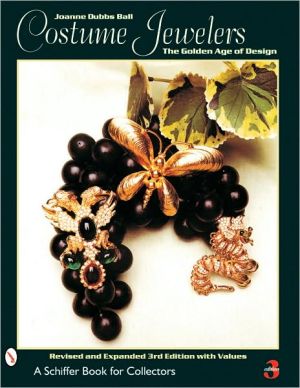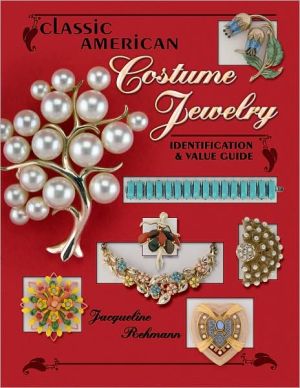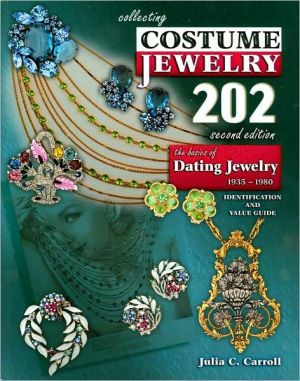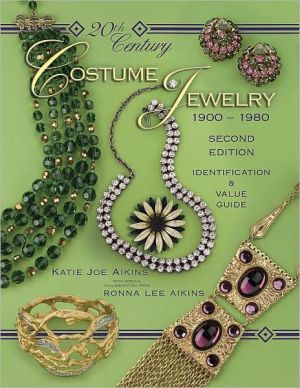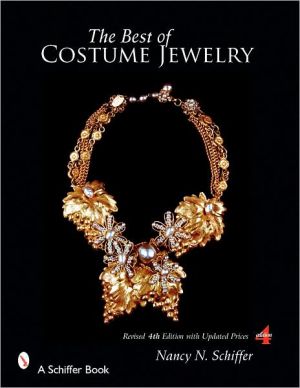Costume Jewelers: The Golden Age of Design
Personal glimpses of that elite core of artists responsible for establishing the costume jewelry industry in the United States. Hundreds of color photographs of their creations illustrate the expertise in jewelry design and manufacture of such masters as Chanel, Dior, Joseff, Haskell, Boucher, Lane, Trifari, and many more. The current values of the pieces have been updated and added to the captions for easy reference.
Search in google:
Personal glimpses of that elite core of artists responsible for establishing the costume jewelry industry in the United States. Hundreds of color photographs of their creations illustrate the expertise in jewelry design and manufacture of such masters as Chanel, Dior, Joseff, Haskell, Boucher, Lane, Trifari, and many more. The current values of the pieces have been updated and added to the captions for easy reference.Library JournalSince the mid-19th century, an uneasy relationship has existed between the artists who make Native American jewelry and the traders, often the source of raw materials and even new design ideas. Jewelry-making was both an artistic outlet and a means of financial support for the tribe, but it could also lead to exploitation on one hand and hack work on the other. Schiffer's book, meant specifically for collectors, touches but lightly on the history and complications of Native American jewelry. Instead, she aims to trace the development of designs from the turn of the century to the present--a goal that is well accomplished. She notes the constant introduction of new materials--coral, shell, lapis, even gold--into wearable art that nonetheless remains close to its mythic roots. Zuni inlay and fetishes, Navajo sandcasting, Hopi overlay, and Santo Domingo beadwork are lavishly illustrated in chapters by type: belts, bracelets, necklaces, etc. The brief introduction and the captions are straightforward, with occasional comments from the artists themselves. The photographs are this book's special strength.-- GraceAnne A. DeCandido, ``Library Journal''
\ Library JournalSince the mid-19th century, an uneasy relationship has existed between the artists who make Native American jewelry and the traders, often the source of raw materials and even new design ideas. Jewelry-making was both an artistic outlet and a means of financial support for the tribe, but it could also lead to exploitation on one hand and hack work on the other. Schiffer's book, meant specifically for collectors, touches but lightly on the history and complications of Native American jewelry. Instead, she aims to trace the development of designs from the turn of the century to the present--a goal that is well accomplished. She notes the constant introduction of new materials--coral, shell, lapis, even gold--into wearable art that nonetheless remains close to its mythic roots. Zuni inlay and fetishes, Navajo sandcasting, Hopi overlay, and Santo Domingo beadwork are lavishly illustrated in chapters by type: belts, bracelets, necklaces, etc. The brief introduction and the captions are straightforward, with occasional comments from the artists themselves. The photographs are this book's special strength.-- GraceAnne A. DeCandido, ``Library Journal''\ \
